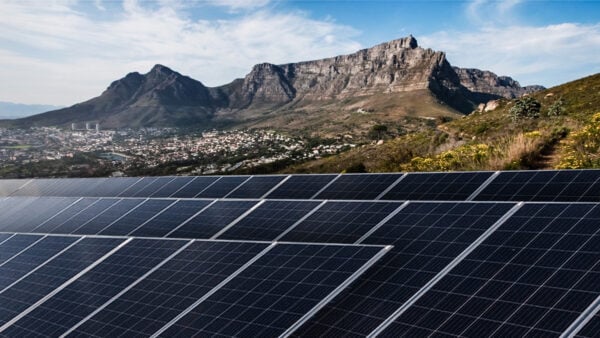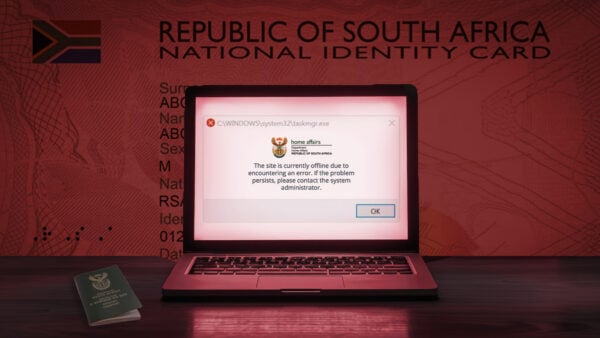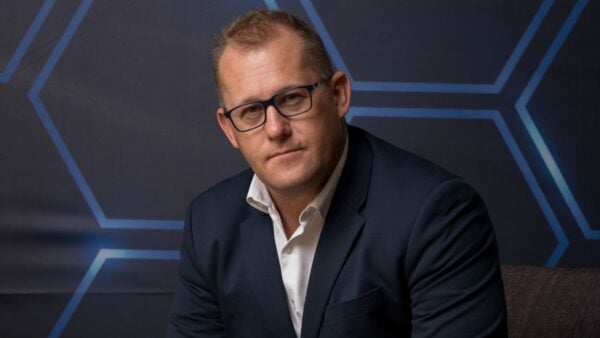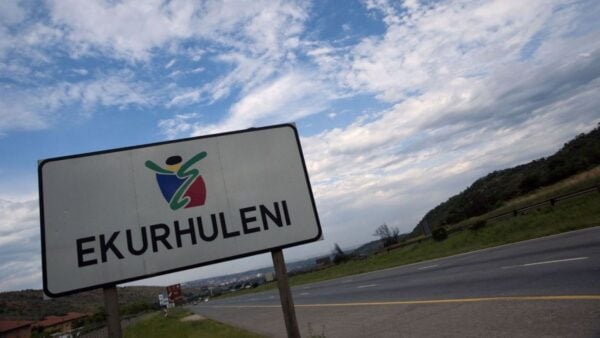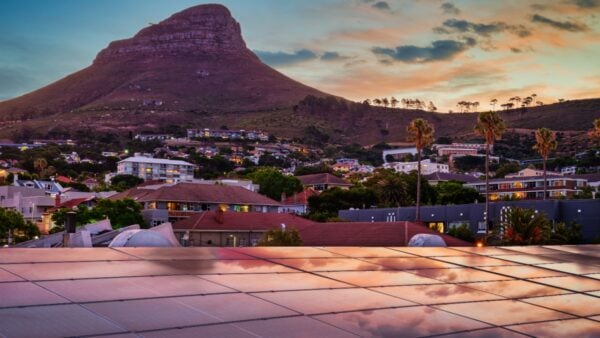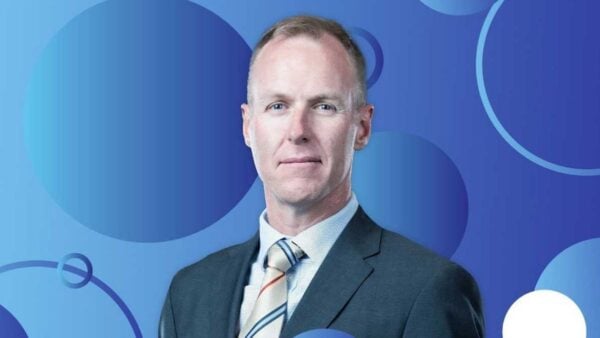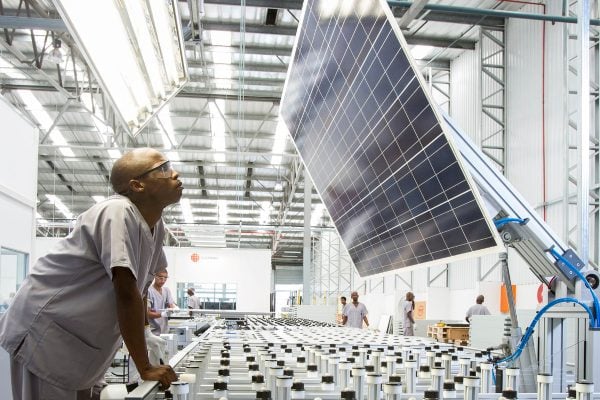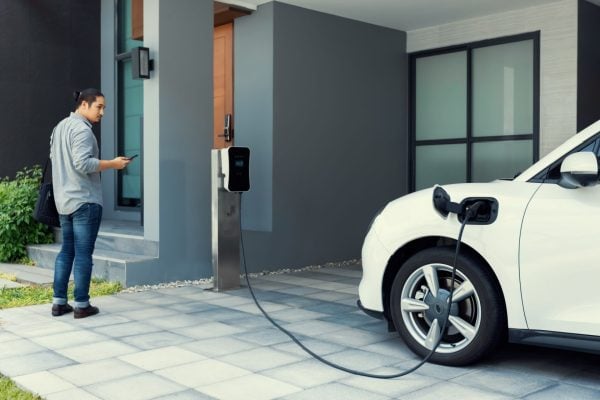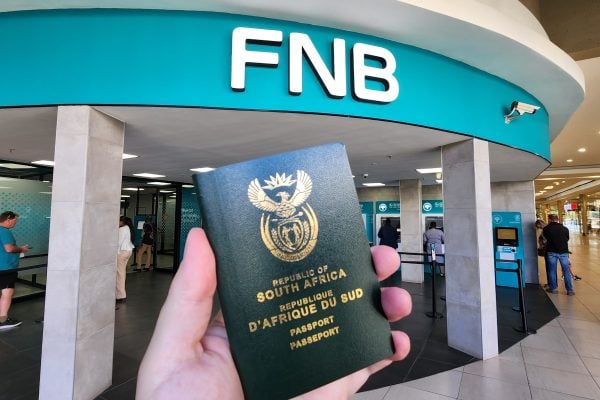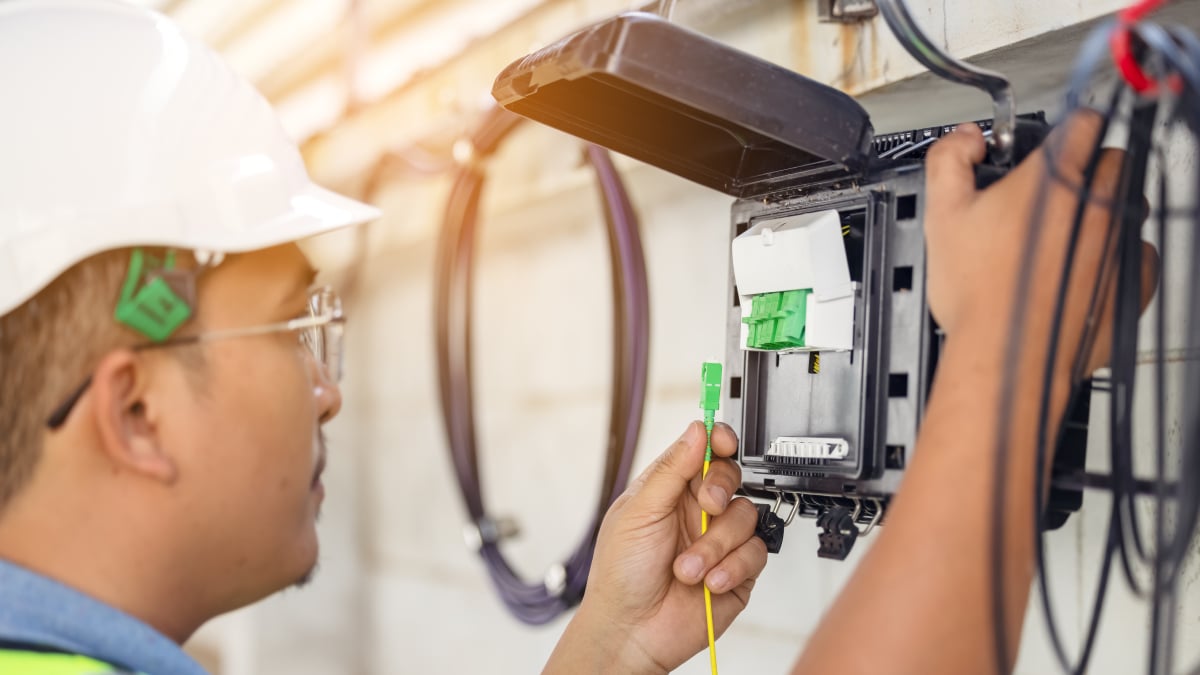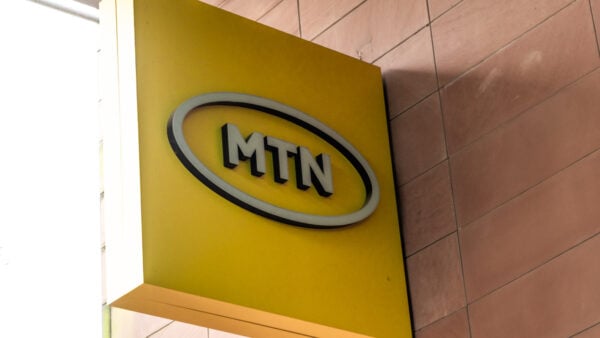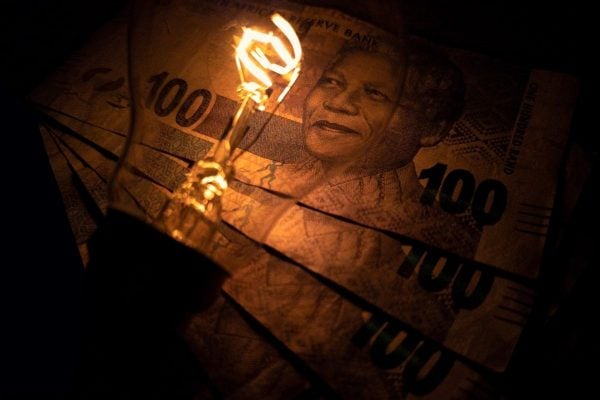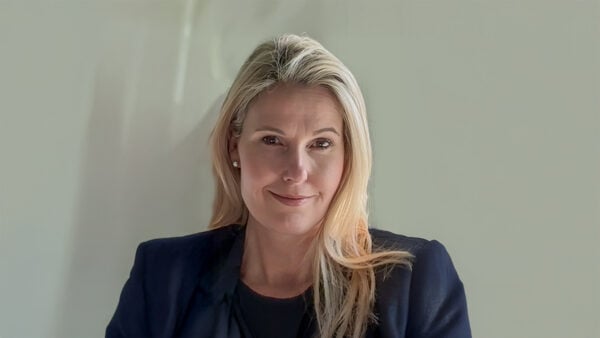Price pain for people with solar in South Africa
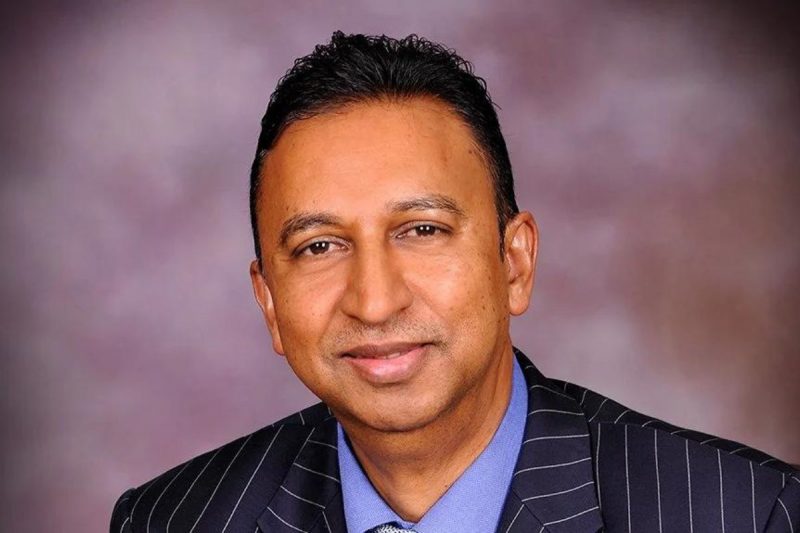
Eskom’s new requirements for residential solar users to install smart meters and obtain professional sign-off have raised cost concerns.
Even though it may be more affordable than initially thought, solar users will still be paying thousands of rands.
As part of Eskom’s restructuring of residential electricity tariffs, residential solar users will be required to install smart meters and register with the utility, all at their own expense.
Some reports have estimated that this will cost users around R30,000, although others say that it will be as much as R50,000.
A significant chunk of this cost is due to the sign-off requirement, which requires a professional engineer to certify the installation.
Professor Vally Padayachee, power and energy expert, former executive manager of Eskom, and Chairman of the Management Committee of the NRS Association of South Africa, said on The Money Show that the cost would be much lower.
Padayachee explained that he isn’t sure where that R30,000 figure comes from, but the average price of engaging a professional engineer would only go up to about R10,000 for a Small-Scale Embedded Generation (SSEG) installation.
“R30,000, for me, seems to be an overkill,” he said.
He said that the NRS made certain recommendations regarding the type of professionals needed to sign off on systems of different sizes.
For an installation up to 12 kilowatts, which is relatively small, the minimum competent person who can sign off is a GreenCard electrician.
For systems of this size, a Professional Engineering Technologist (Pr Tech), Professional Engineer (Pr Eng), Professional Certificated Engineer (Pr Cert Eng), or Professional Engineering Technician (Pr Techni Eng) can also sign off, although it will be more expensive.
SSEG installations over 12 kW single or three phase up to 200 kW connected to the Eskom/municipal metering point require an ECSA registered Pr Eng, Pr Tech Eng, or Pr Cert Eng.
“In that case, an electrician would not be, in our opinion, qualified enough for the safety,” Padayachee said.
Installations up to 250 kW connected to an Eskom/municipal distribution system require an ECSA-registered Pr Eng, Pr Tech Eng, or Pr Cert Eng.
Finally, installations exceeding 250kW need to be signed off by an ECSA-registered Pr Eng or Pr Tech Eng.
No compromise from Eskom
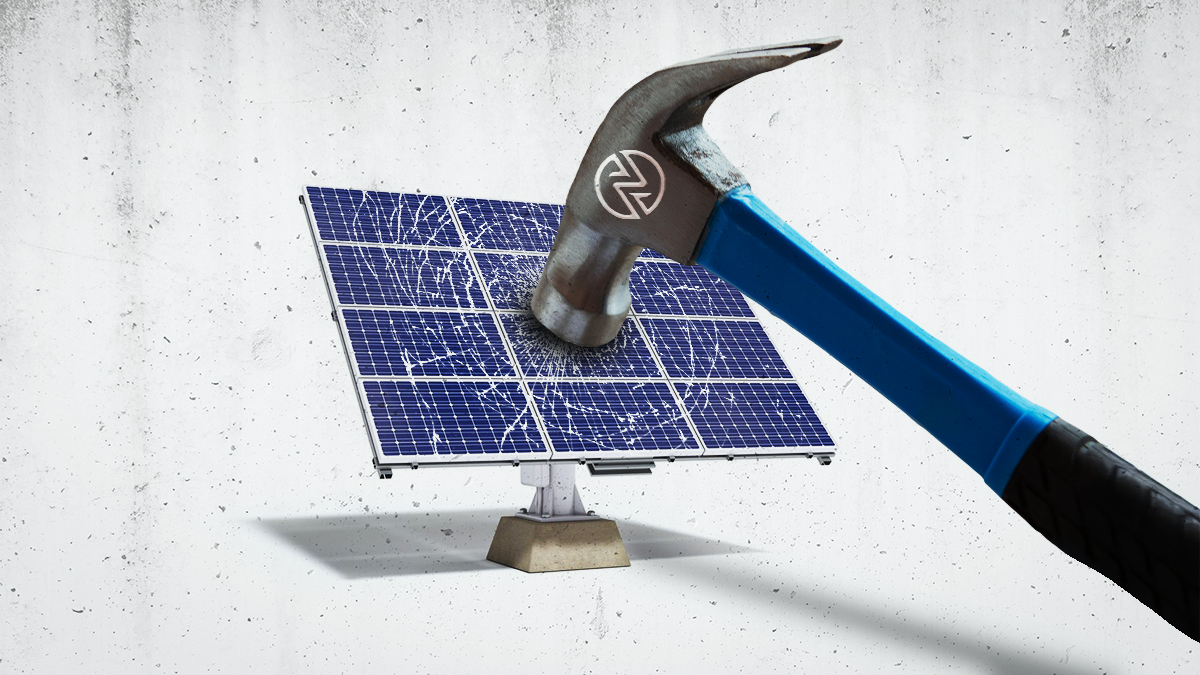
Padayachee emphasised that this sign-off requirement is not simply a bureaucratic “tick box”.
“When you sign off, you are guaranteeing the safety of the system of the installation. You are guaranteeing that the design of the installation interface of the components is also safe,” he explained.
He said that one thing people may not realise is that where there is a substandard roof, these professionals are also competent to call a structural engineer to pronounce it.
“An electrician is not qualified. This is the global standard that we’re using, and South Africa is part of the global arena,” he said.
Over the past few years, many people have raised concerns that Eskom is punishing people for switching to solar.
These registration requirements have once again come under scrutiny. Many fear that making these installation requirements too difficult or too expensive will disencourage people to go off the grid.
While Padayachee acknowledged this concern, he said there has to be a line drawn in terms of safety requirements since substandard installations can injure or even kill people.
“A sign off with respect to safety is not a ‘nice to have’, because an installation up to one megawatt could kill people or maim people. The sign-off ensures, inter alia, the safety of the installation and the connection.”
He pointed out that the airline industry, for example, is one of the safest industries in the world precisely because it has such strict safety measures in place.
“We cannot compromise on safety because the ramifications could be disastrous. We fully encourage the installation of SSEG, but we cannot compromise on safety, unfortunately,” he said.
This article was first published by Daily Investor and is reproduced with permission.


